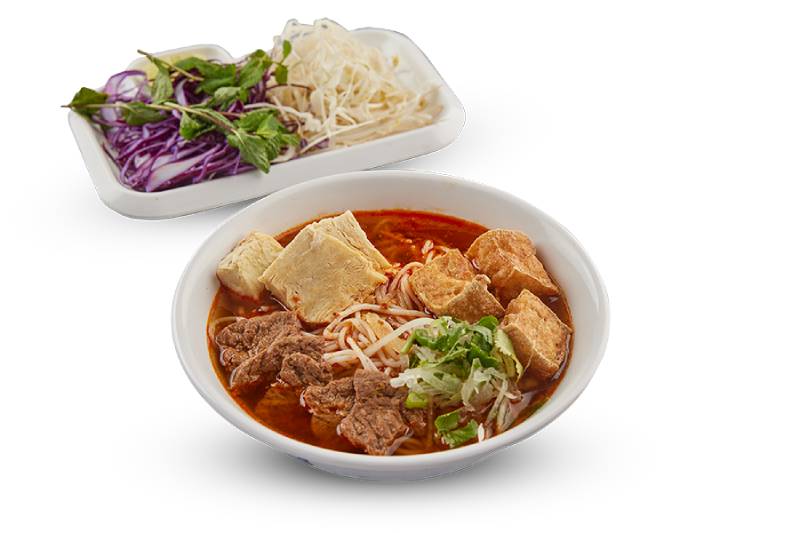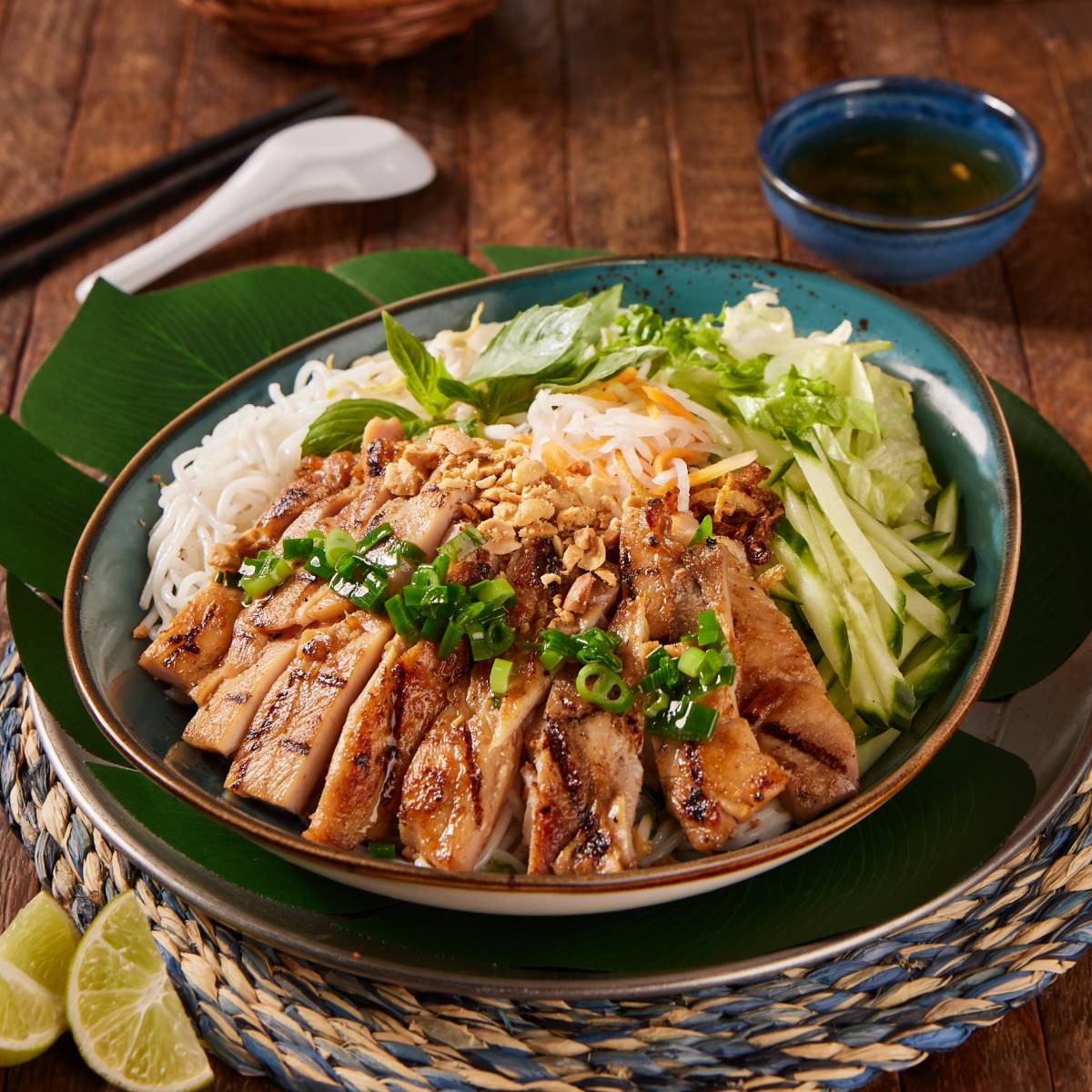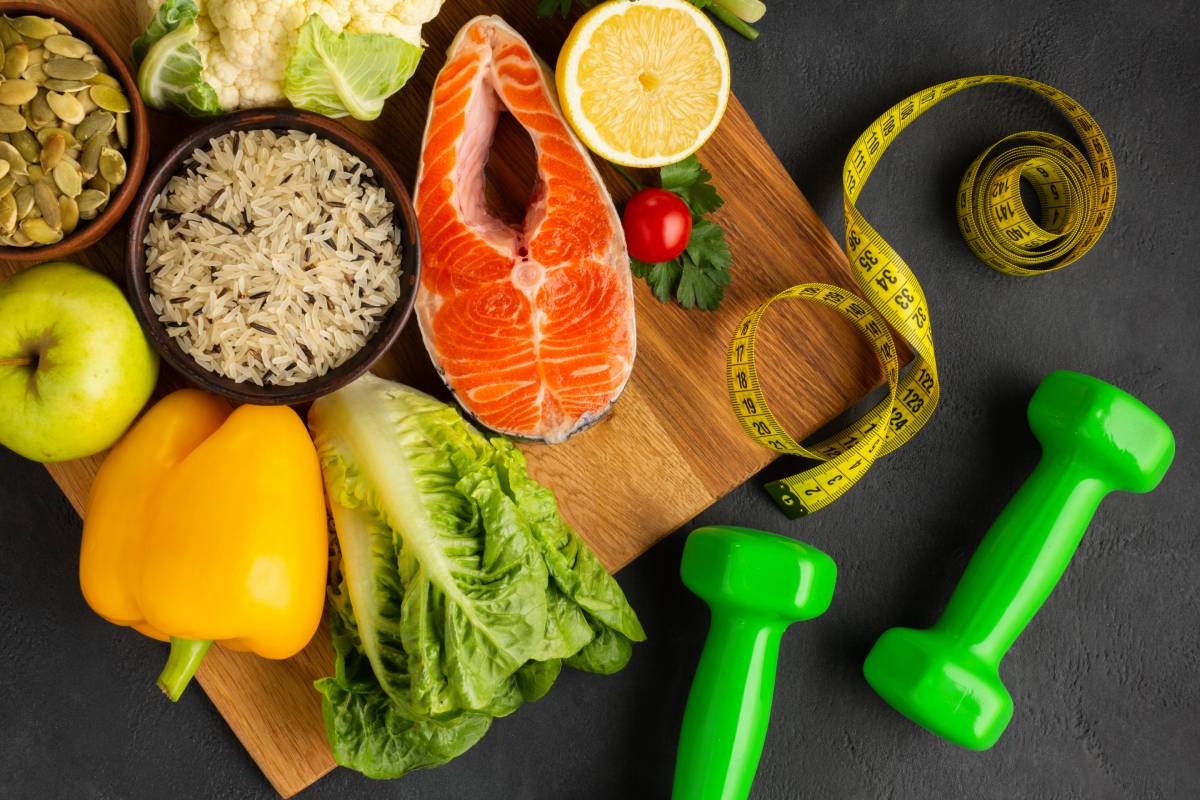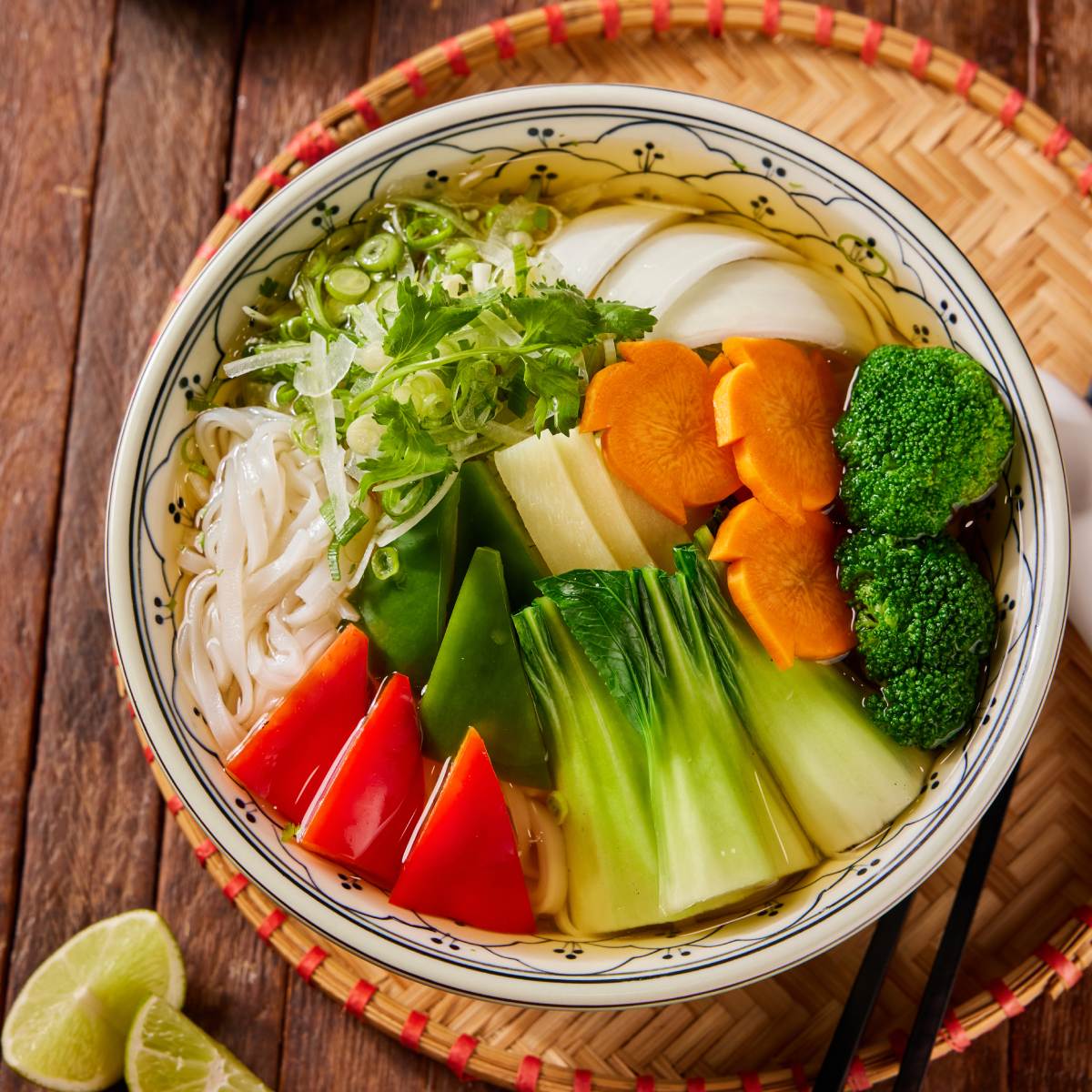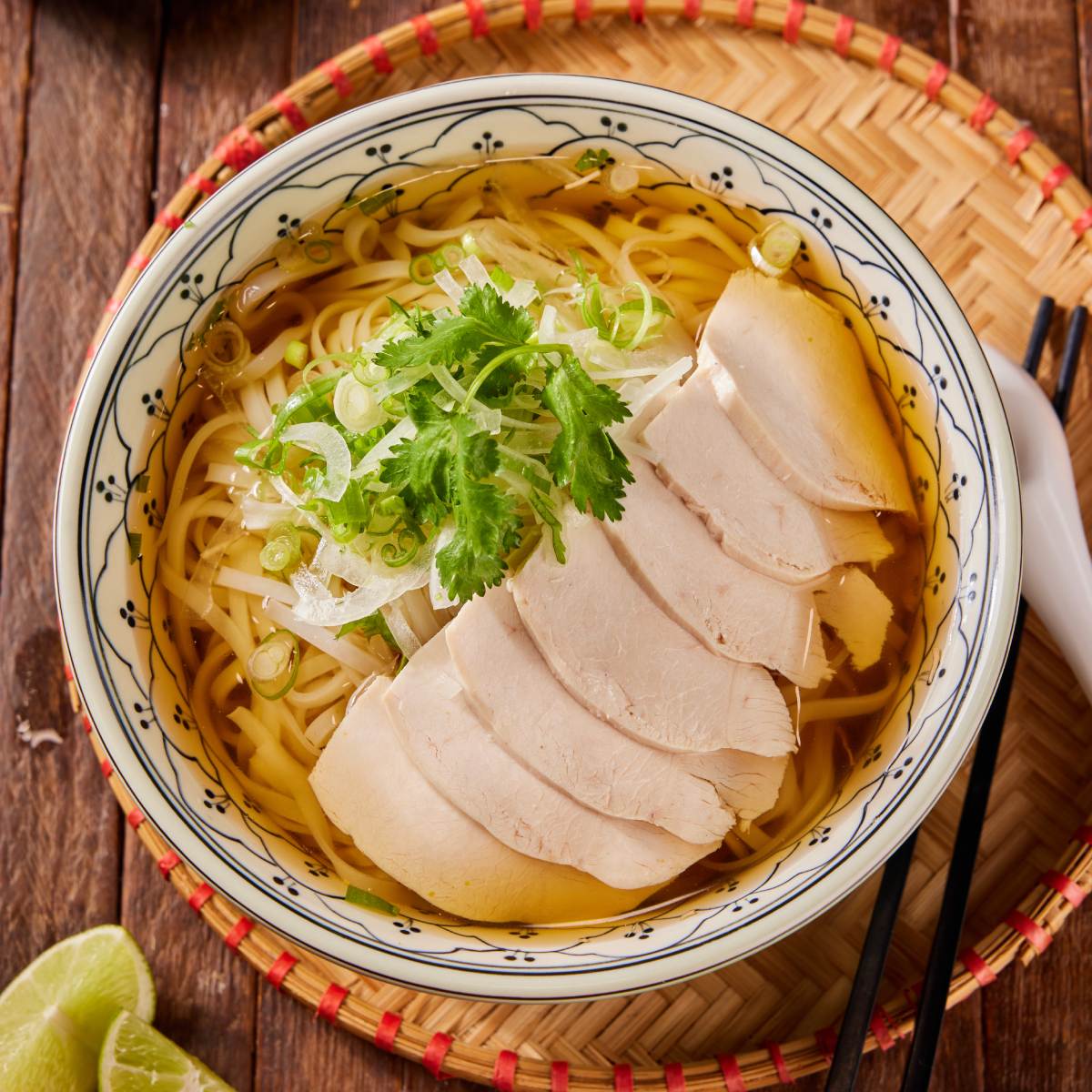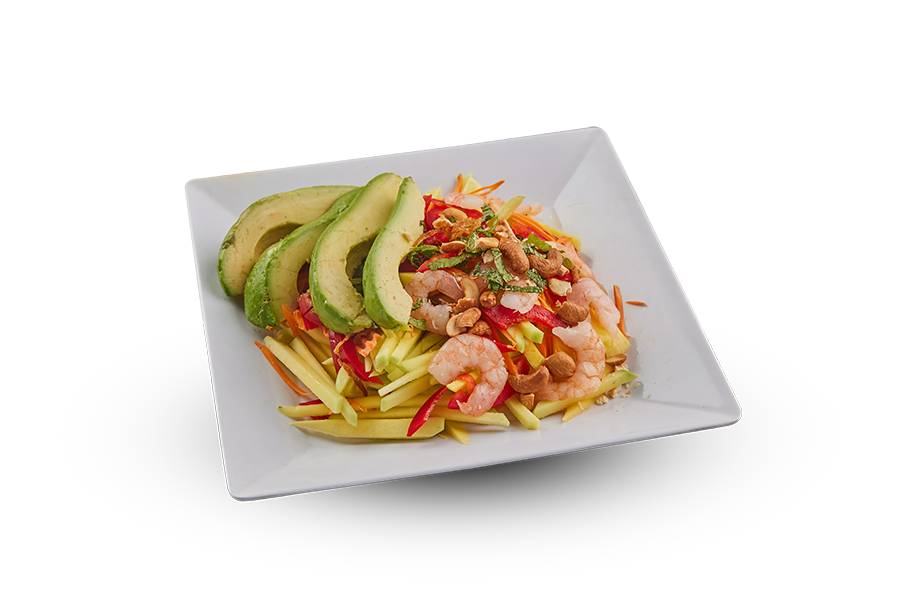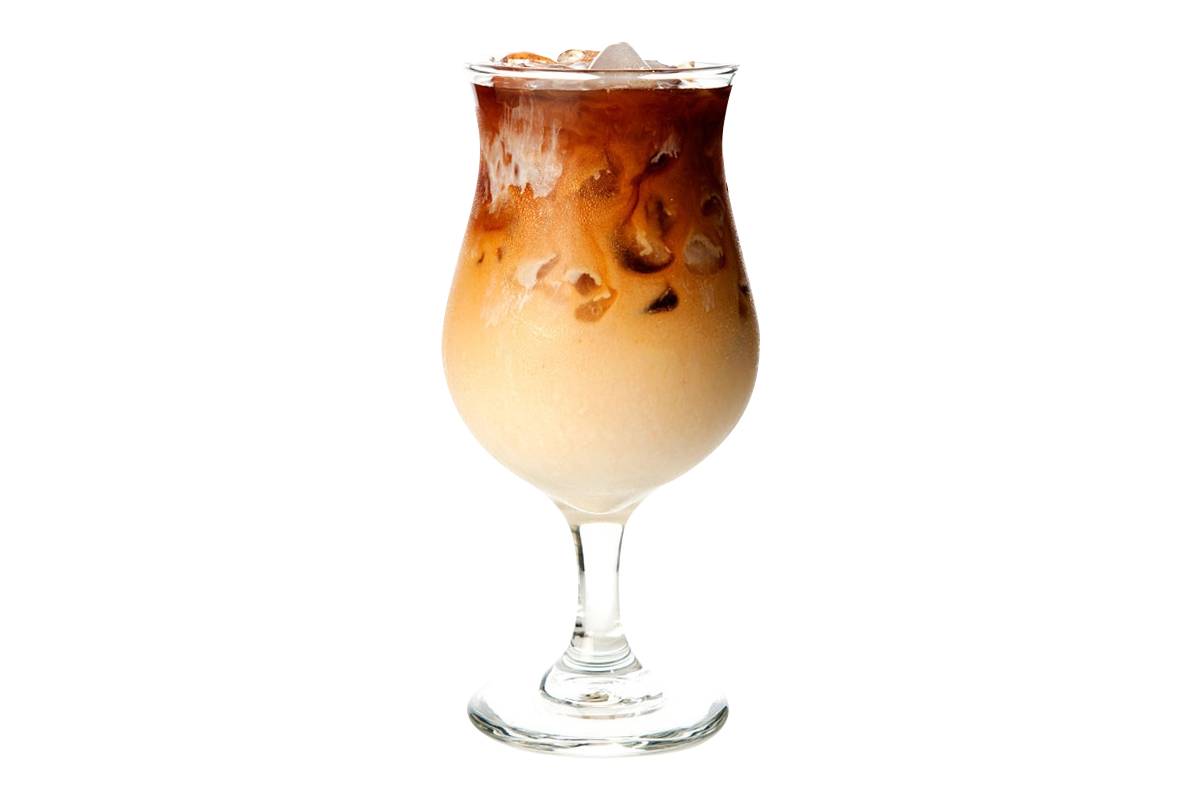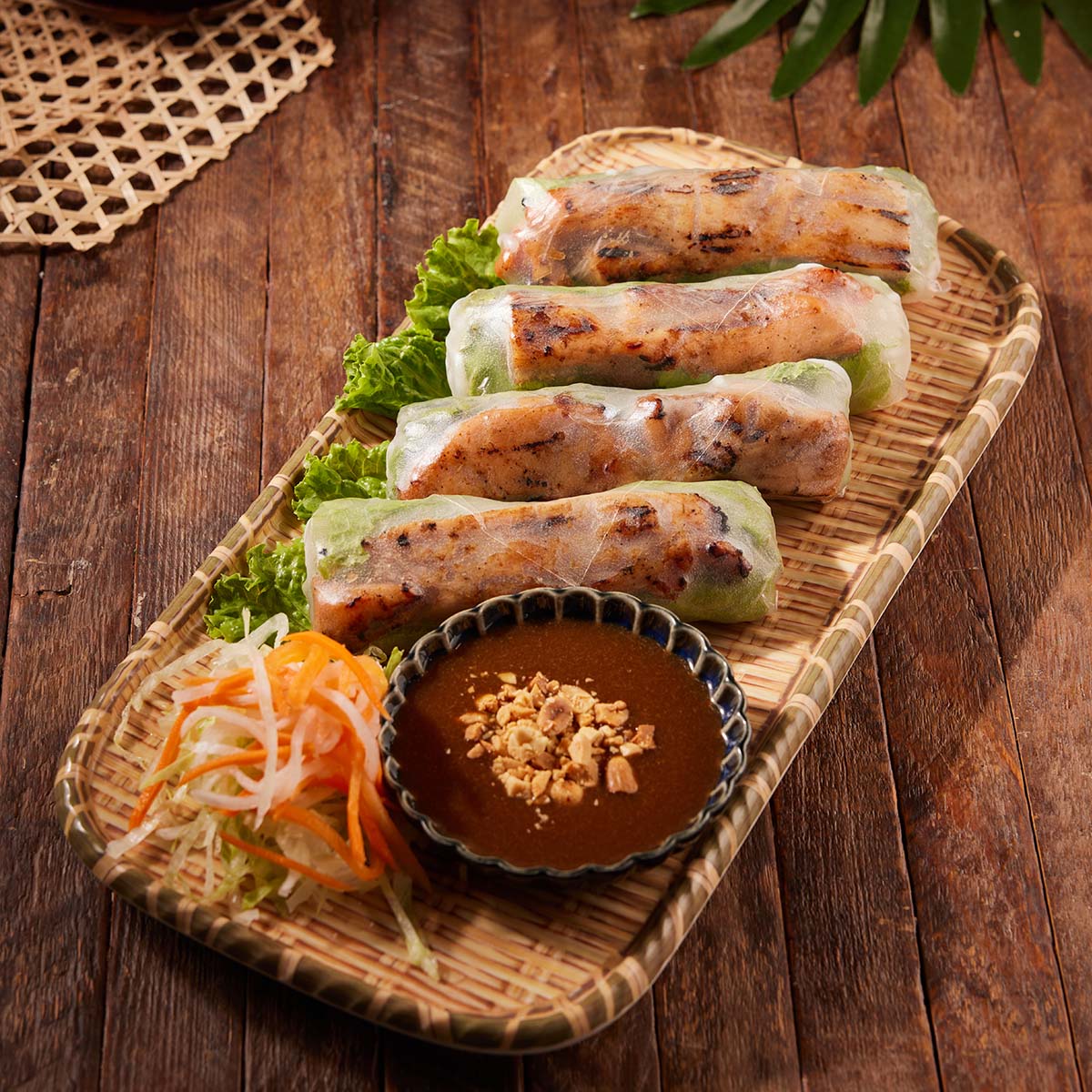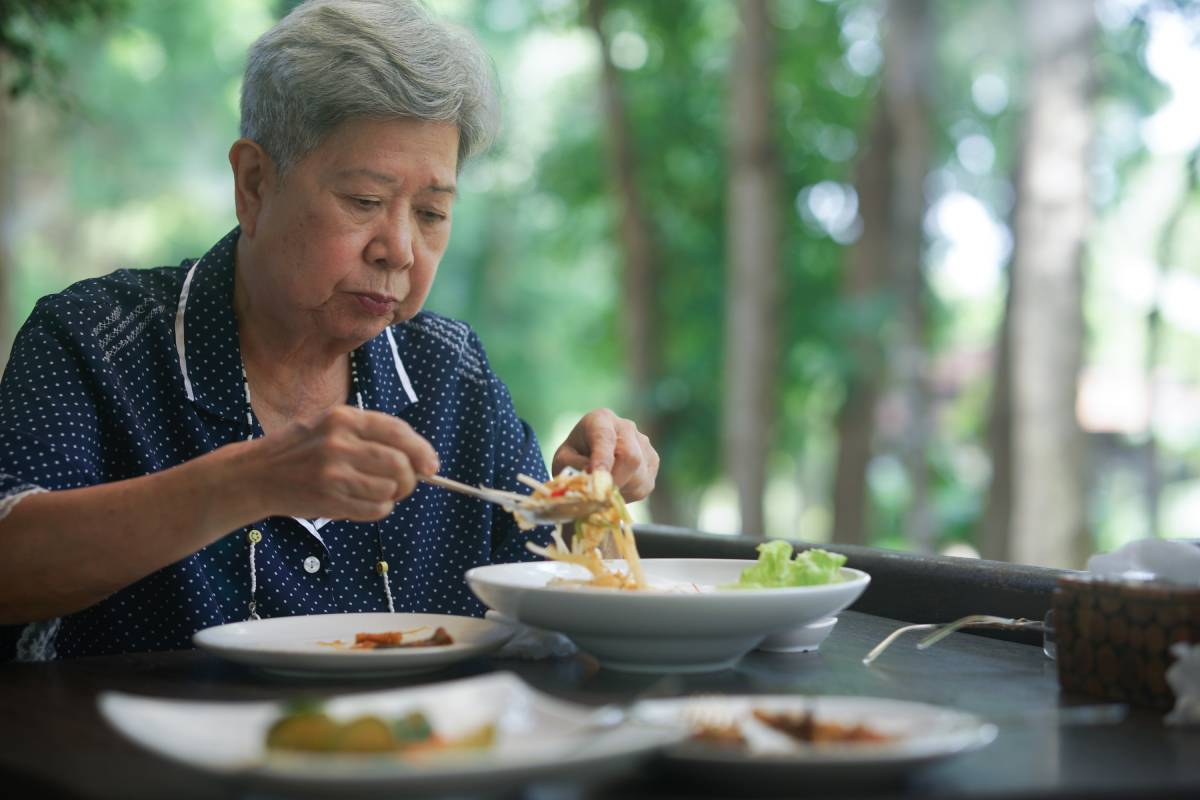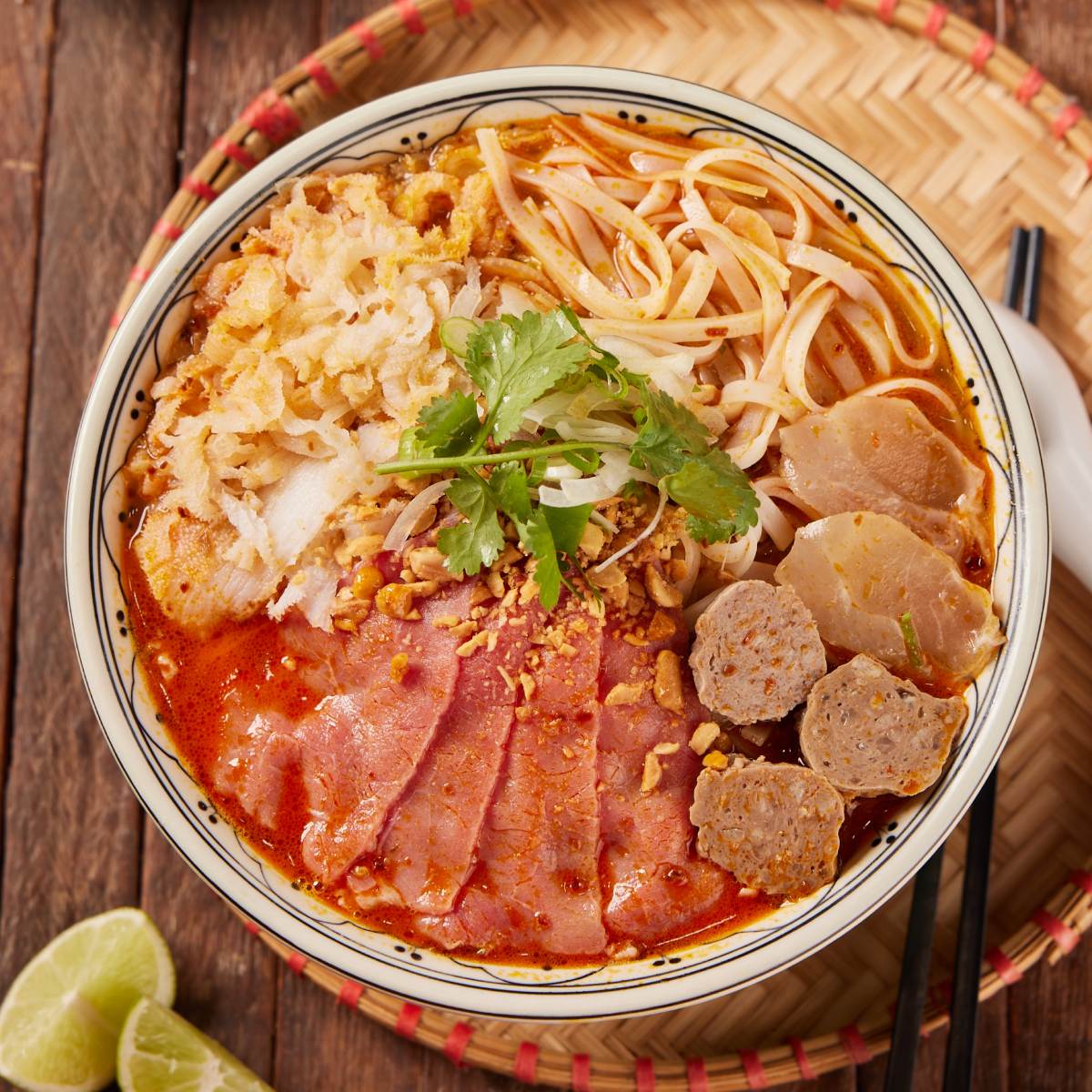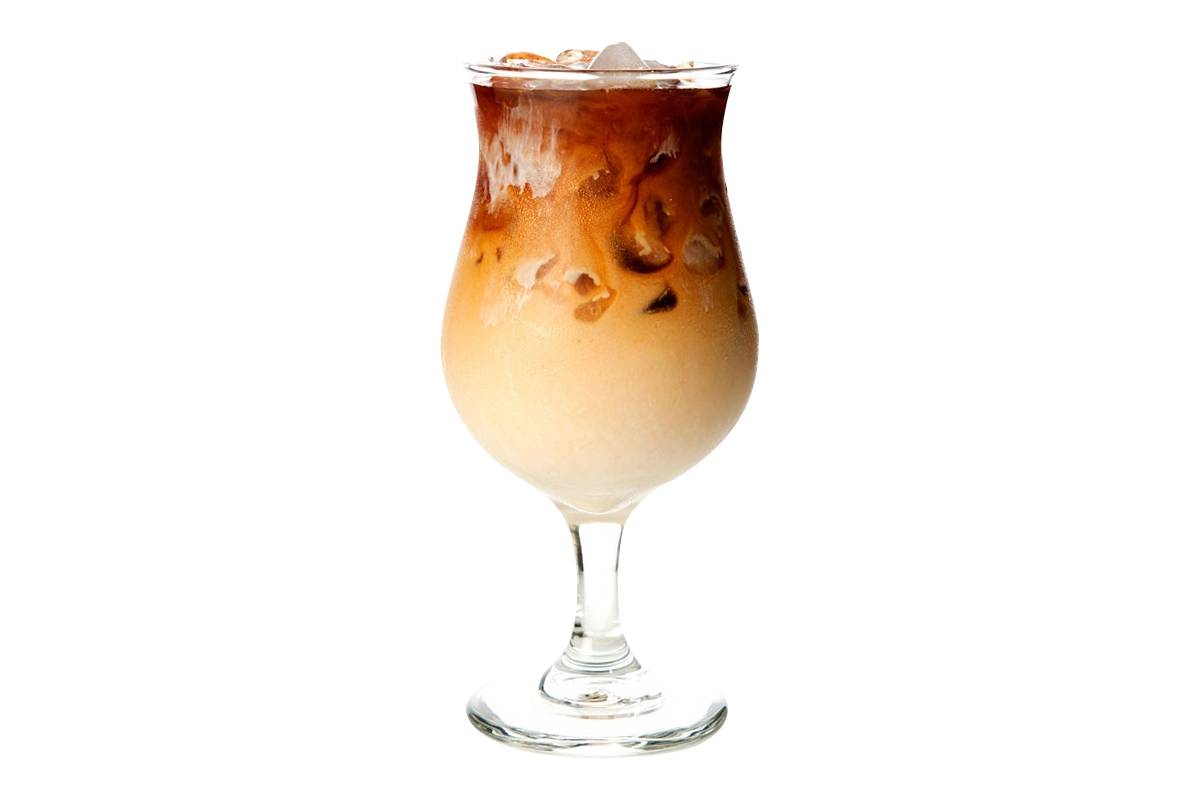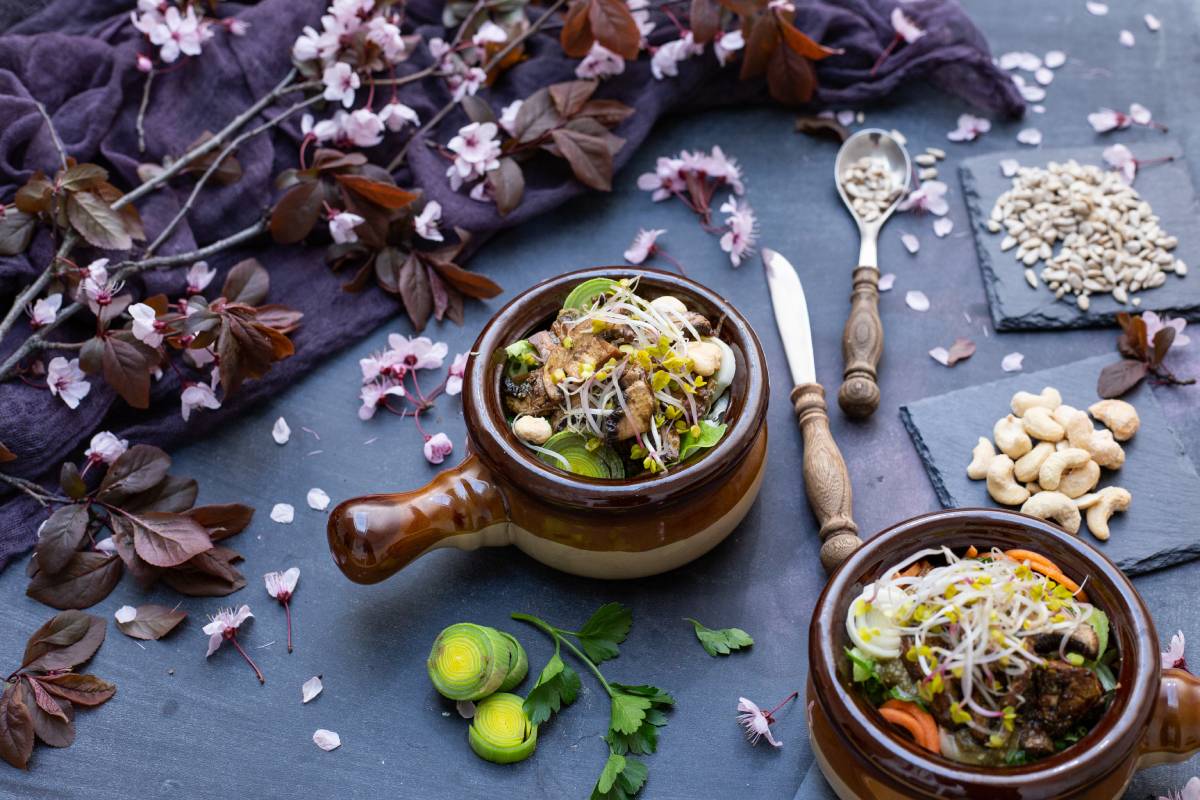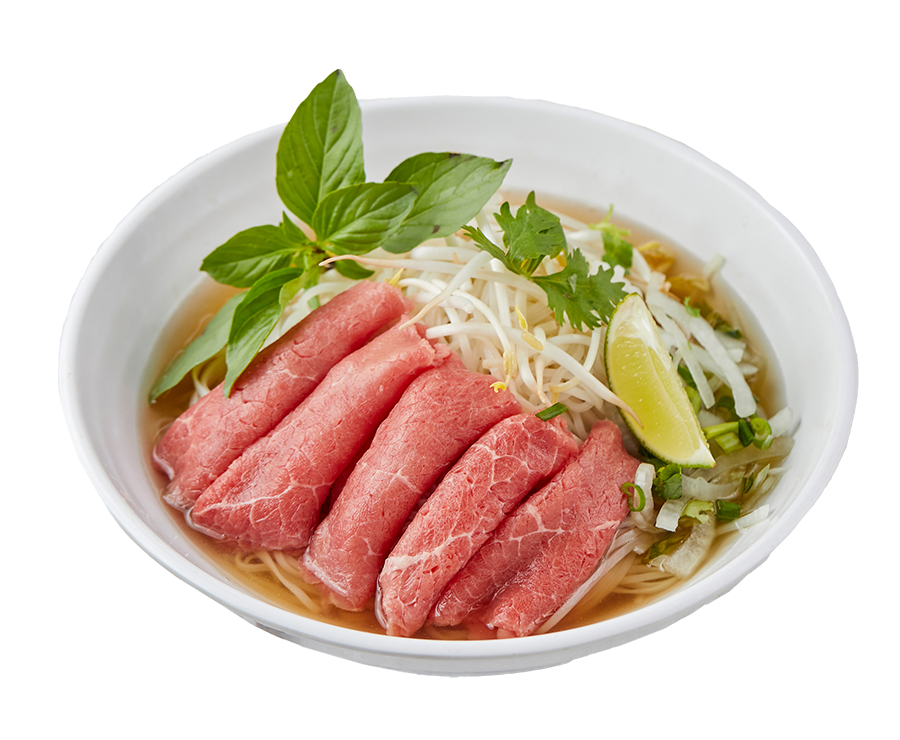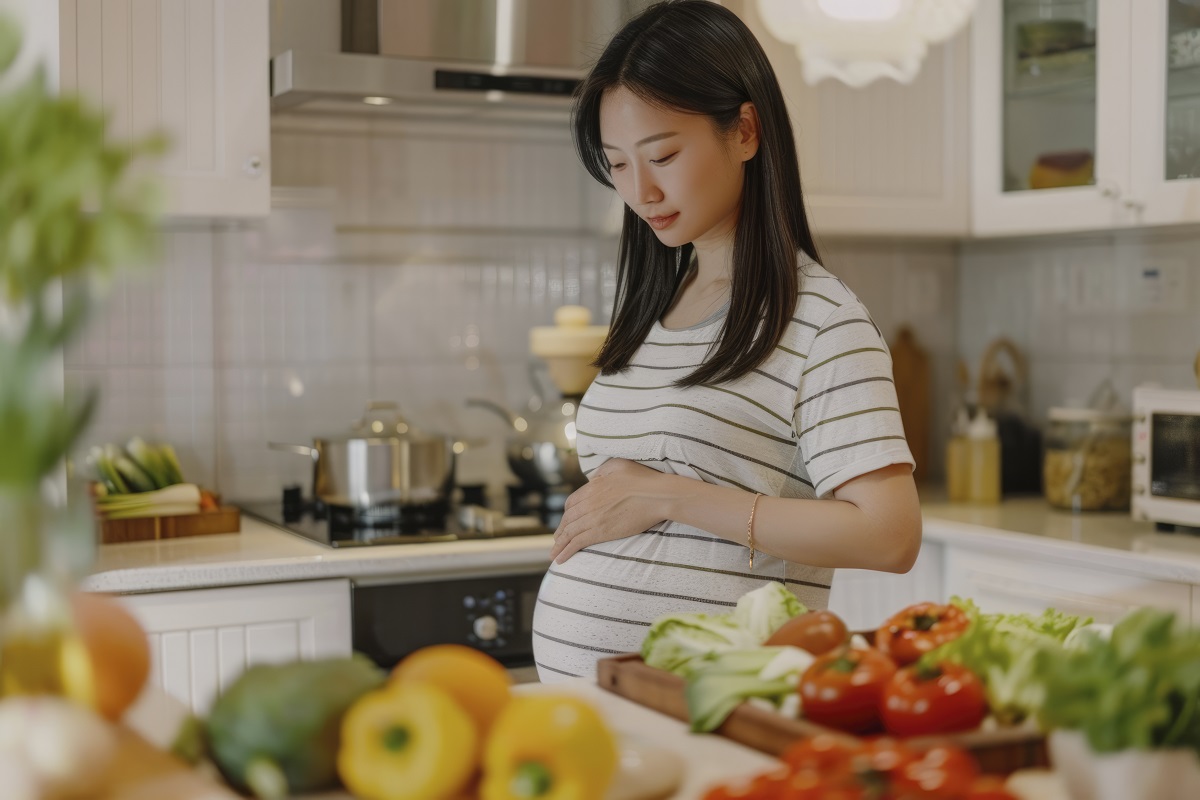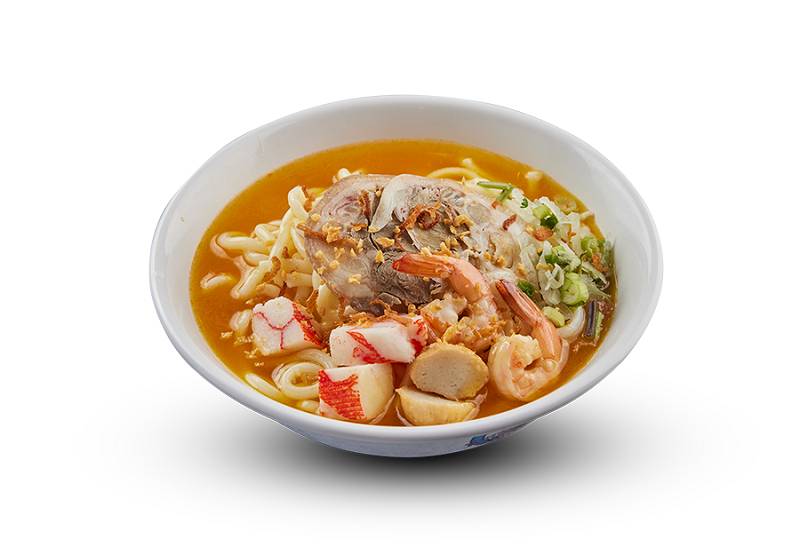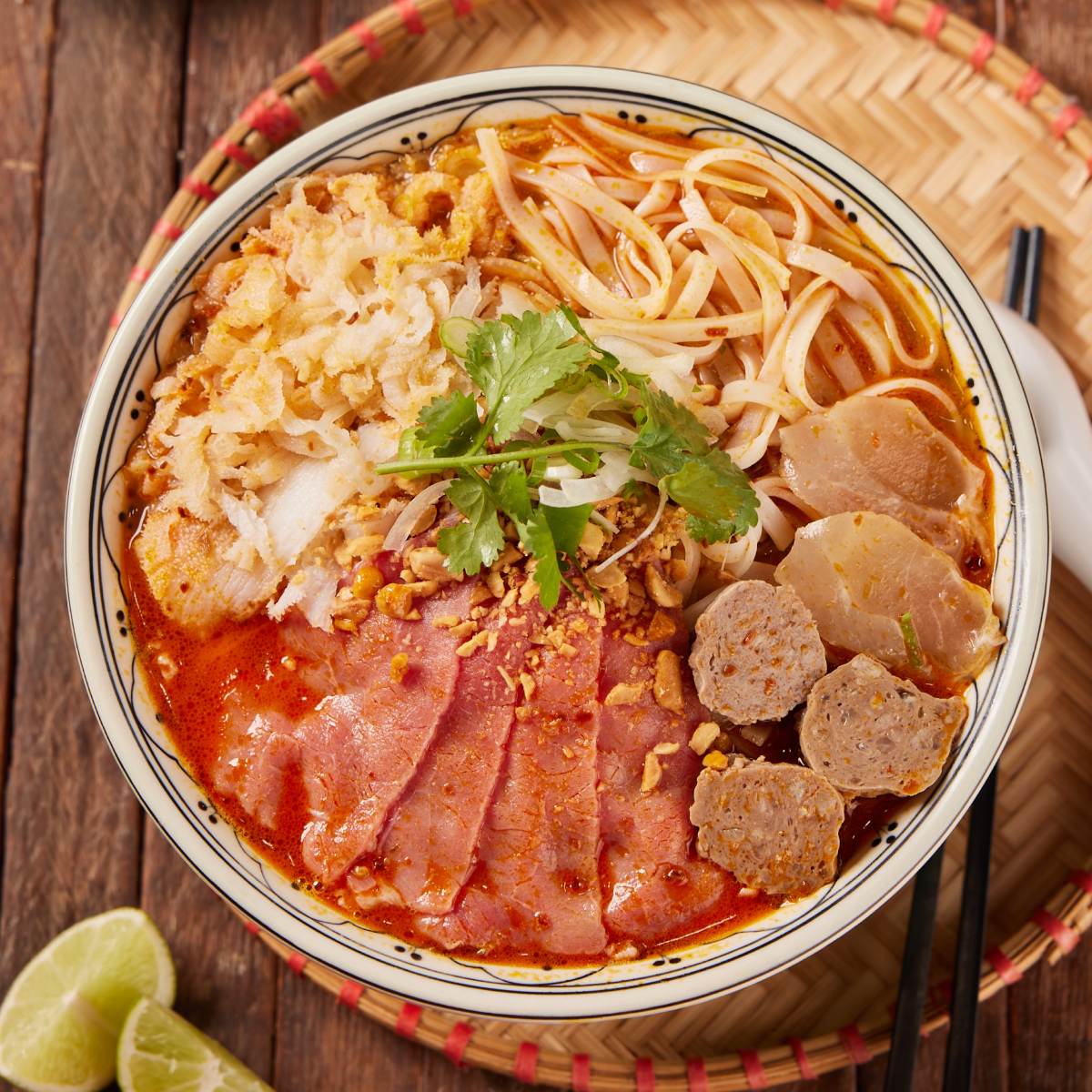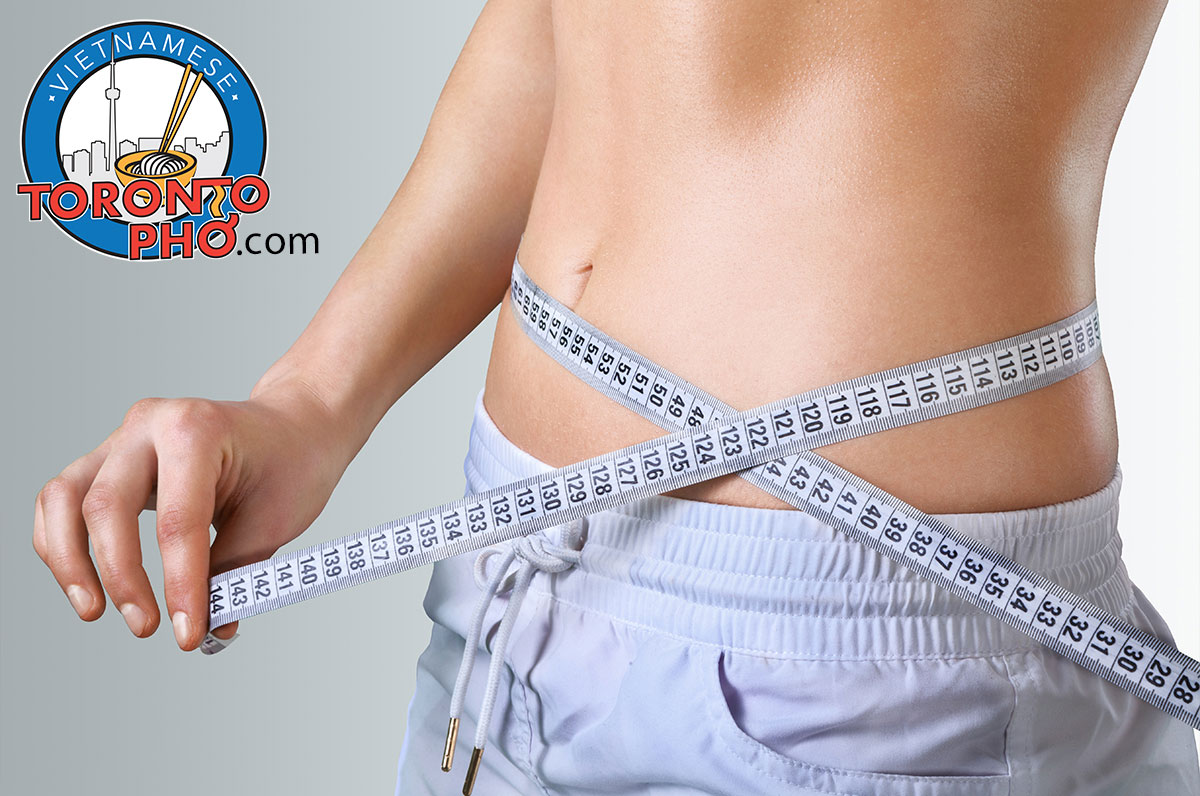
Are you looking to lose weight? A healthy, vegetable-based diet that isn’t carb heavy is an absolute must. Where to find that can be challenging in a world of restaurants, meals, hearty temptations, and fast food. Instead of giving in to the easy way to satisfy your tummy, try Vietnamese cooking and let’s help keep your weight loss on the downward trend.
Why Vietnamese cooking is the perfect weight loss diet
Light and refreshing, Vietnamese cuisine uses little oil, uses little or no preservatives, and is made from fresh ingredients oftentimes right from the farm or garden. When you consume authentic Vietnamese food, you aren’t exposing yourself to very many toxins or very much that’s going to negatively impact your health.
Read more: Light, Healthy Vietnamese Eating may be Key to Your Weight Loss
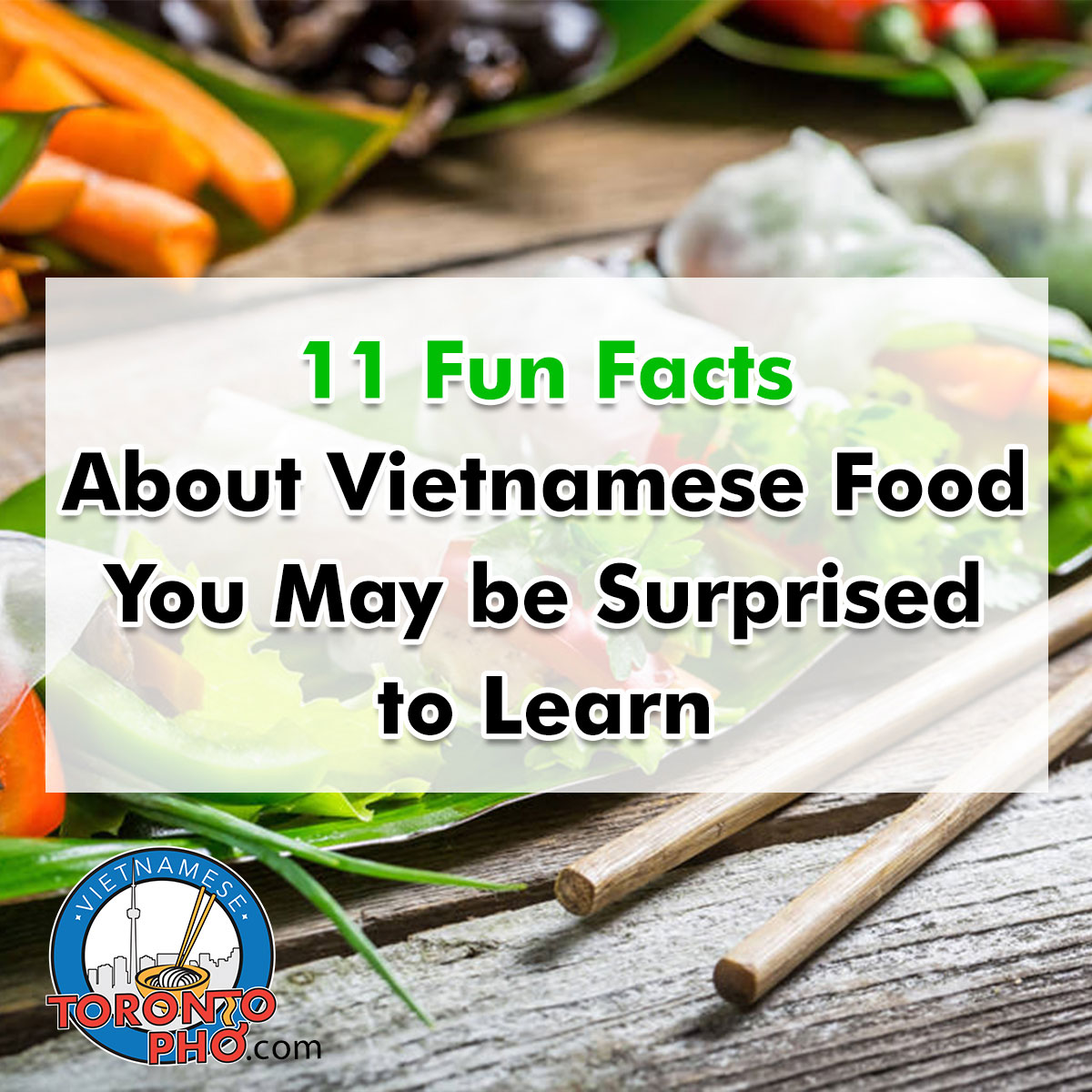
Authentic Vietnamese food comes eager to please, warm, spirited, and packed with herbs and health. On your daily quest for sustenance, there’s a lot of reasons to consider a bowl of pho or some other favourite from the catalogue of Vietnamese cuisine.
Widely considered to be one of the world’s healthiest ethnic cuisines, you will find a variety of meals easily customizable to any diet ranging from carnivore and meat-eater to keto diet, vegetarian, low-carb, or vegan. Here are some fun facts about Vietnamese food you may be surprised to learn.
1 – Fish is a major ingredient in a lot of Vietnamese foods
Being coastal, a lot of what is created in Vietnamese cooking derives from fish. The most popularized use of fish in Vietnamese cooking is fish sauce. Fish is a major source of protein, applied in soups like pho, wraps, rice dishes, and other customary foods.
Read more: 11 Fun Facts About Vietnamese Food You May Be Surprised to Learn
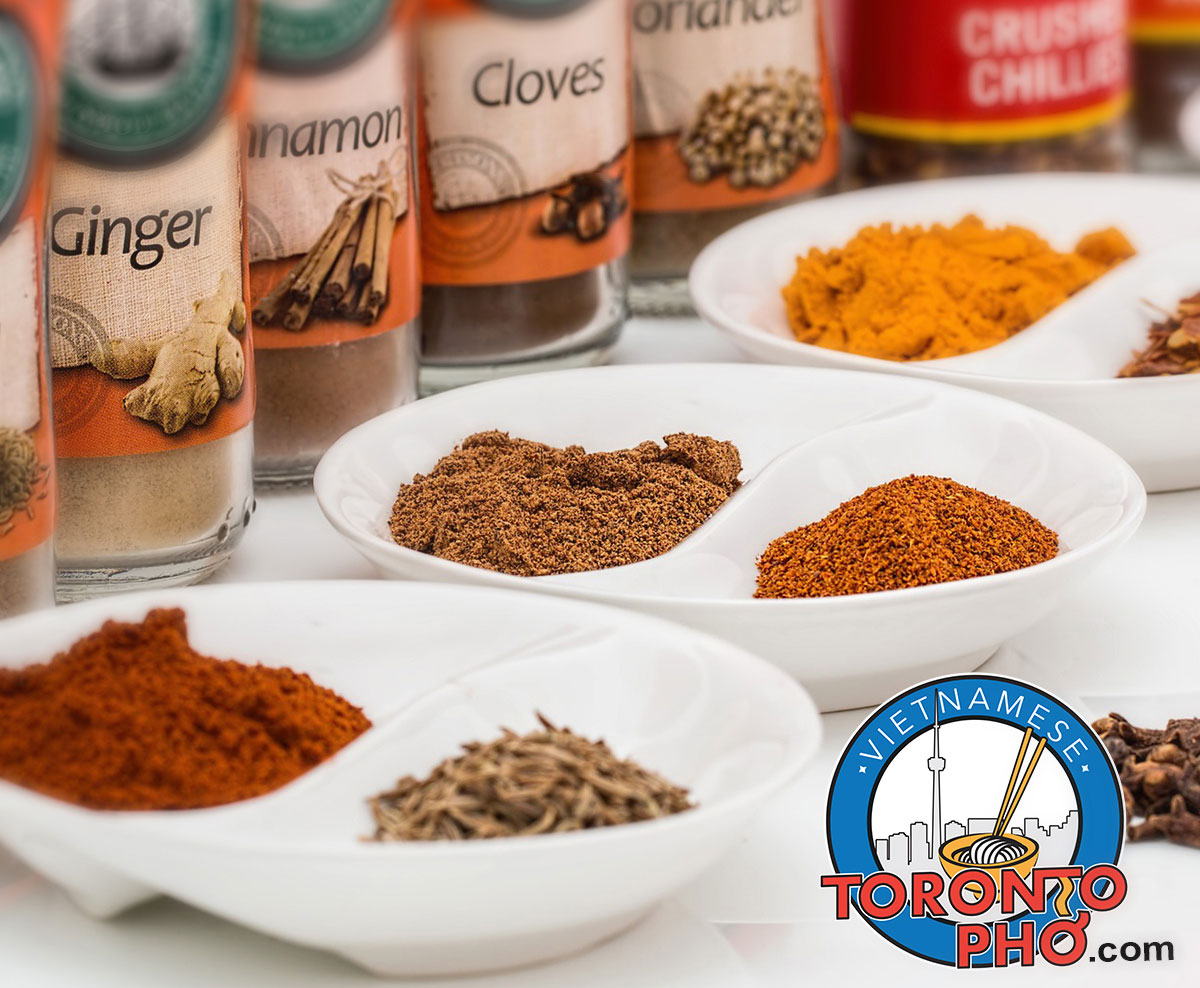
In a lot of Asian cuisine, like Thai, spices are frequently used. To Canadian eaters, they may not necessarily be prepared for Asian spices and the way a lot of these dishes are prepared. Understandable, spices are a part of the culture in cuisines like Chinese, Thai, Japanese, and others. The result is beautifully delicious, spicy dishes that can mirror the spiciest of dishes from almost any other cuisine worldwide, despite the fact that Asian cooking isn’t singularly known for spiciness.
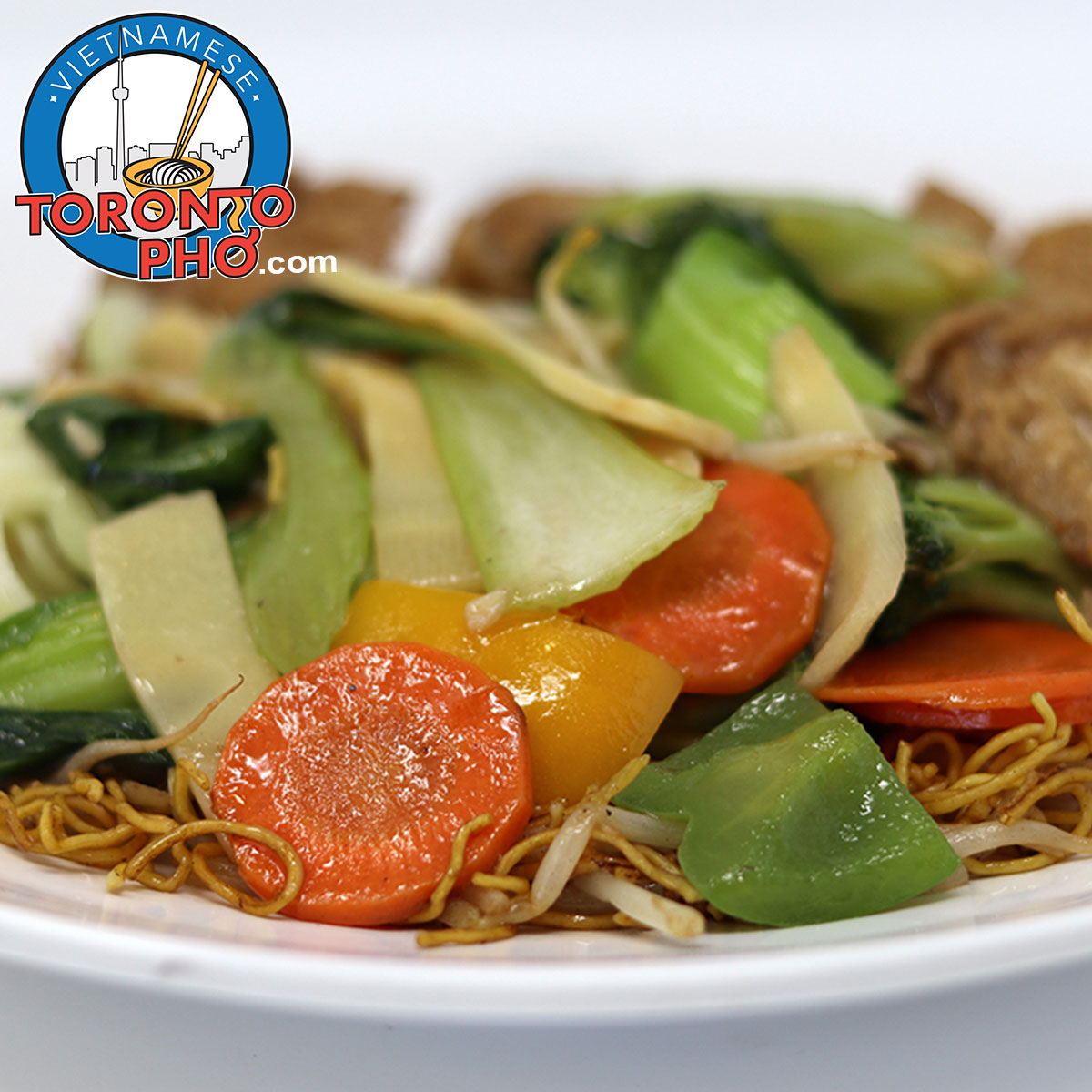
Eating as a vegan, it’s not always easy going to different restaurants and seeing what’s on the menu. Especially in Asian cuisine and restaurant culture, a lot of the establishments use a lazy approach. The type of vegan faux meat or vegan dishes are generally light on the nutrition and all-around weak.
Vegan eating in Vietnamese cuisine is a little different. In fact, it’s a lot different. Vietnamese cooking puts an emphasis on fresh, healthy vegetables, herbs, spices, and balanced meals. Vietnamese meals do not focus on the meat or non-vegan foods. Instead, method of preparation’s a major focus and being a vegan – either at a restaurant or at home – is incredibly easy when you eat like this.
Is Vietnamese cuisine vegan?
Vietnamese cuisine, to a certain degree, is vegetarian although not vegan. This cooking uses a lot of fish and fish-related products. You can use a lot of other meat products but it’s not necessarily. A great example of this is vegan Vietnamese pho which can be customized according to what you like. Any meat – pork, beef, or otherwise – does not need to be included in pho. It can be made entirely vegan without any intervention. If you’re concerned about Vietnamese vegan eating, pho is a great dish to rely on among many others.
Read more: How to Eat Vegan with Vietnamese Cuisine, Cooking, and Authentic Dishes
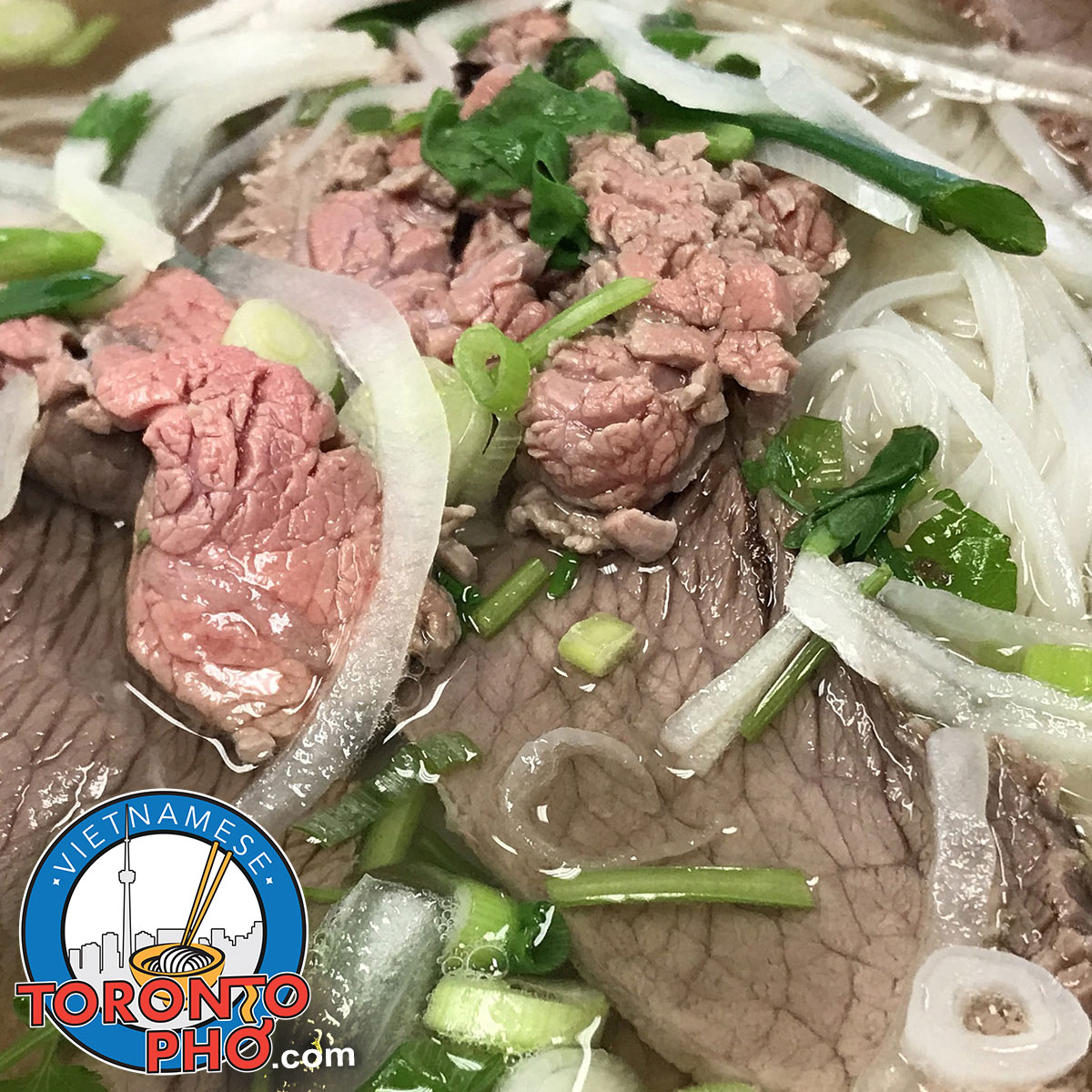
As one of Toronto’s top Vietnamese restaurants, we love learning about our patrons and their preferences. The average Vietnamese-Canadian’s food habits are increasingly hybridized alongside typical Canadian foods. It’s interesting to see how so many cultures including ours continue to blend in this country, creating some truly unique dining experiences.
Across Canada, there are over 240,000 Vietnamese-Canadians mainly spread across British Columbia, Alberta, Ontario, and Quebec. Though this demographic isn’t as often discussed as others in Canadian newspapers or media, Vietnamese-Canadians have a strong history in cooking, cuisine, and culture.
3 waves of Vietnamese immigration
Before we delve into the lifestyles and diets of the average Vietnamese-Canadian family, it’s important to understand where they’re from and how they came to arrive here. Vietnamese families began arriving in large numbers in Canada stating in the mid-1970s. They came in boats as refugees following the end of the Vietnam War in 1975. Prior to this, only a few thousand Vietnamese were living in Canada and primarily in Quebec.
Read more: What Are the Food Habits and Preferences of the Average Vietnamese-Canadian – see here!
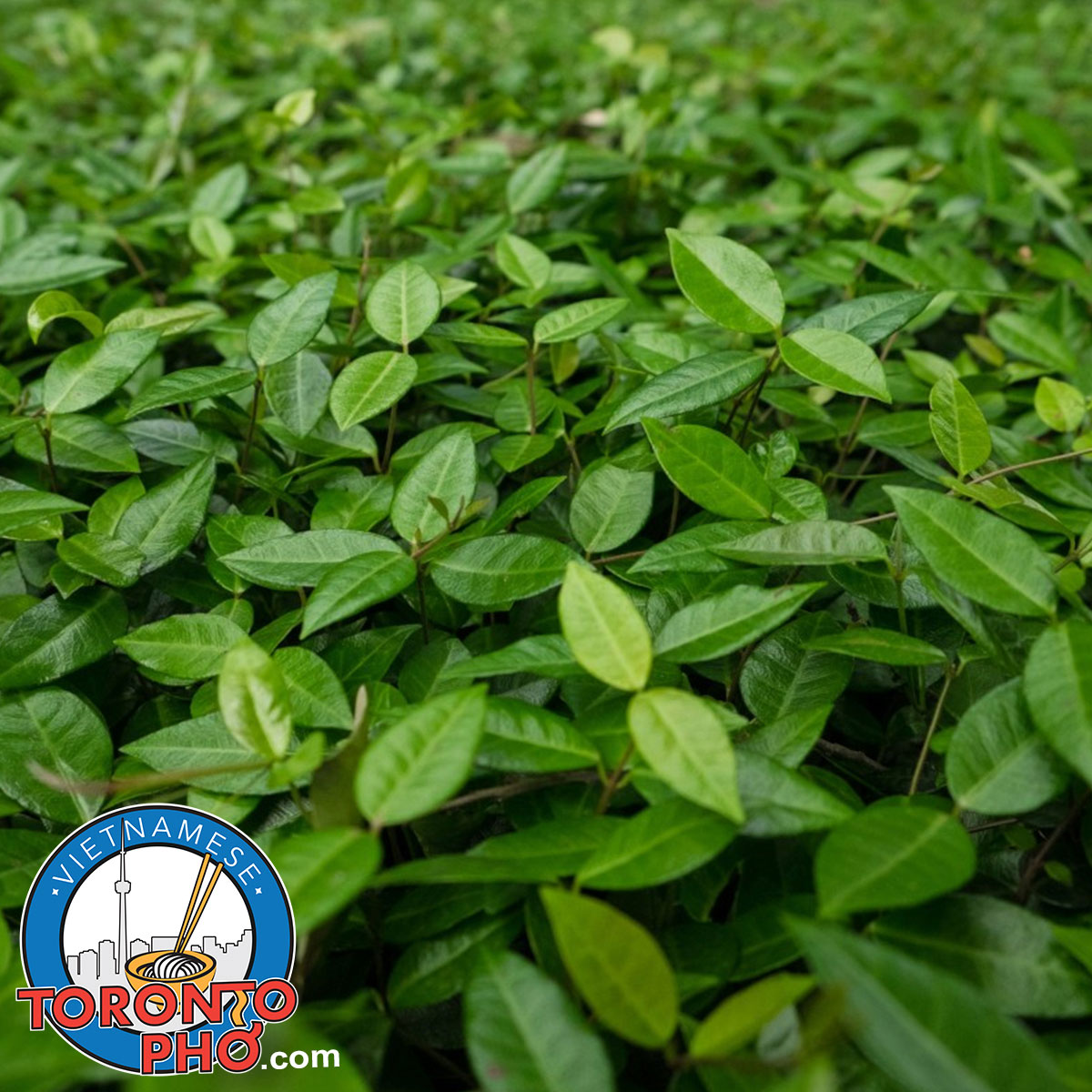
Coriander, a herb in Vietnamese cooking, is common to a number of dishes. Coriander’s taste is notoriously tart, almost like a lemon or lime. It’s not only a key to a large amount of Vietnamese dishes but it also has medicinal properties. In fact, the chemical composition of the herb demonstrates properties that range from antimicrobial to antioxidant, hypoglycemic, hypolipidemic, anxiolytic, analgesic, anti-inflammatory, anti-convulsant, and even anti-cancer.
A rising interest in herbal medicine
Traditional medicines, using herbs and natural ingredients as opposed to those created in a laboratory, continue to gain attention. There exists a number of medicinal plants grown in countries like Vietnam, one of which is coriander. This herb is not only cultivated in Vietnam but across North Africa, Central Europe, and the Mediterranean area as well.
How coriander is made
How do we make coriander in Vietnamese cuisine – it all starts with the seeds which are ground up. Once ground, they are used in condiments or as a spice, as an ingredient in curry powder, and/or to flavor foods like fish, meat, bakery items, and confectionery products. Subsequently, while making coriander, the leaves of the same plant can be made into cilantro or ‘Chinese parsley’. The entirety of the plant from which coriander comes from is edible, and all are very important in Vietnamese cooking as well as in the cuisines of Thai and Chinese.
Read more: Did You Know Coriander in Vietnamese Cooking has Medicinal Properties – see the science
More Articles ...
- How to Create a Basic Vietnamese Fish Sauce with this Nuoc Cham Recipe
- Are Vietnamese-Canadians Leaving their Cultural Food Behind – A Changing Food Culture
- How Has Vietnamese Cuisine Grown in the Past 3 Decades in Comparison with Other Asian Cuisines
- Coffee Culture in Vietnam and How to Brew Vietnamese-Style Coffee
Page 37 of 54

